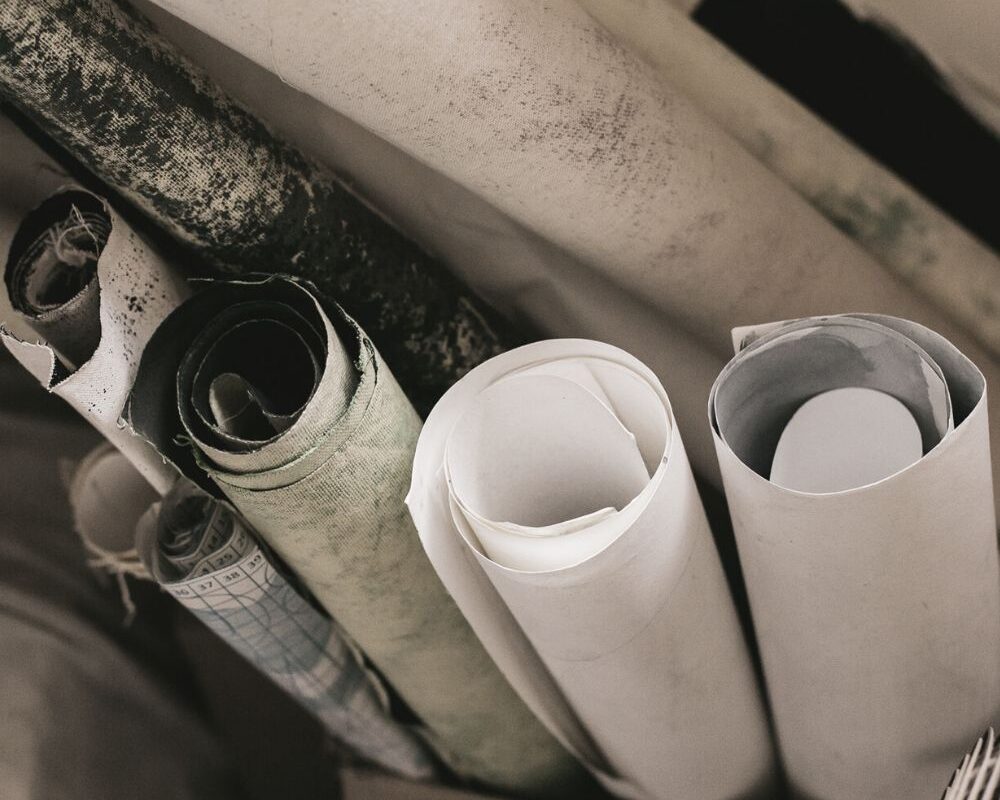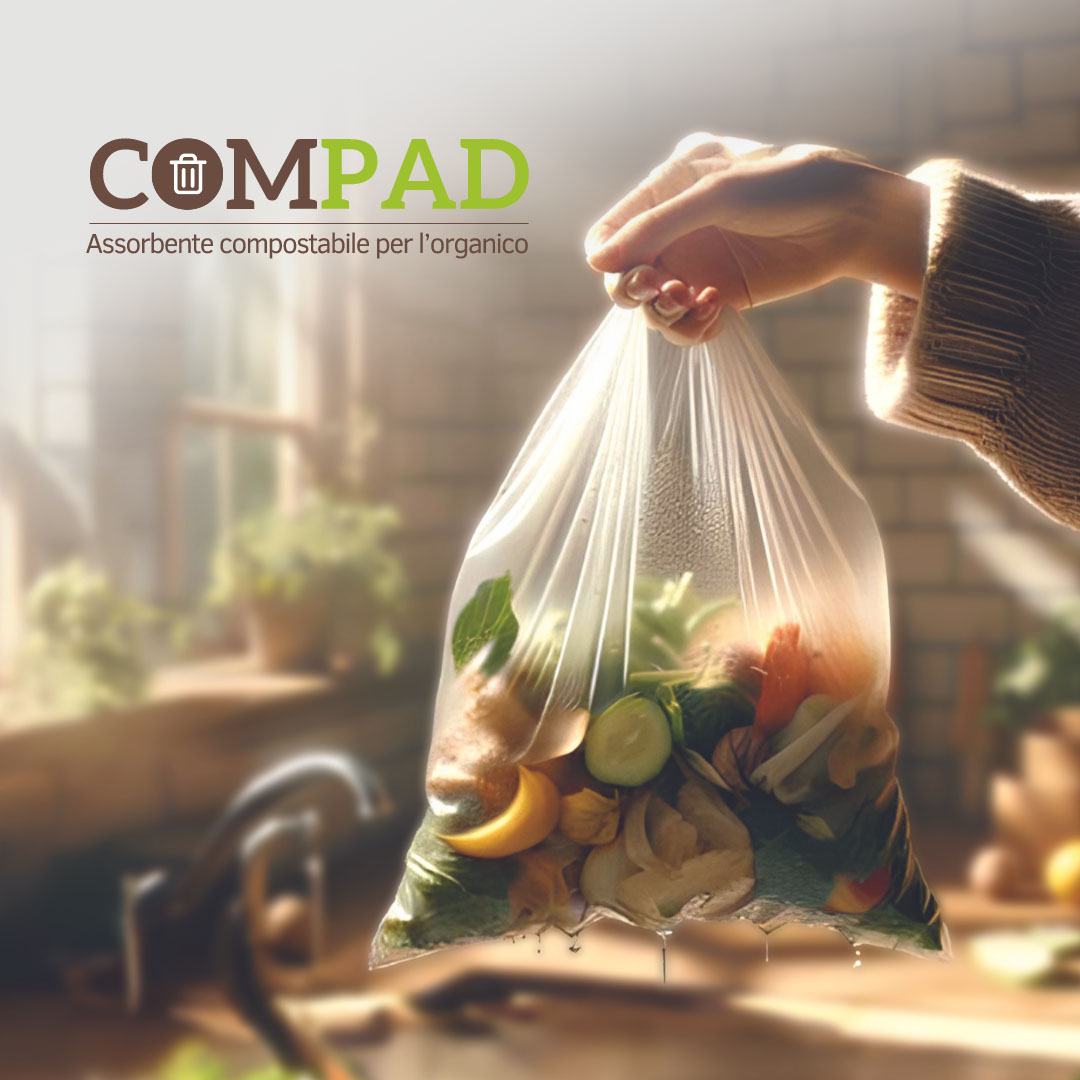
Paper, a material with a long history
Its origins date back to 3000 BC in Egypt with papyrus, the first paper-like medium. From the 3rd century BC, papyrus was gradually replaced by parchment, which was much more resistant because it was not of plant origin: in fact, it was made from the inner skin of lambs stretched into a thin sheet.
However, we have to get to China in 105 AD to talk about paper in its modern meaning. Historical sources attribute its invention to Ts’ai Lun, a dignitary of the imperial court who discovered a process for making paper from scraps of cloth, tree bark and fishing nets.
For many centuries paper was used exclusively in China, and the secrets of its invention were jealously guarded. In 610, thanks to the Buddhist monk Dam Jing, it reached Japan, where it was improved and became the product of a national industry.
The Arabs discovered the secrets of papermaking when they conquered Samarkand, where, according to legend, they took two Chinese papermakers hostage and stole the secrets of the craft from them. While Chinese paper was made from mulberry and bamboo fibres, the craftsmen of Samarkand discovered the possibility of making it even thinner with cotton fibres, which were widely used in the region.
Paper did not reach Europe until the 11th century with the Arab invasions of Sicily and Spain. However, it was considered an inferior material compared to parchment because the use of rice starch attracted insects and the sheets of paper were not very durable. The history of paper owes much to the Italian papermakers of Fabriano, a small town in the Marche region, where it was produced it began to be produced by using linen and hemp in the 12th century. New techniques and important innovations were introduced, including the creation of different formats and the watermark on the sheets.
The monopoly of Italian paper lasted until the middle of the 14th century; then new factories were founded, first in France and then in Germany, and in the following centuries paper making was the prerogative of almost all European countries. At the end of the 15th century, with the invention of printing with movable type, paper established itself as the main medium for the dissemination of knowledge and ideas.
Industrial paper production began in the 19th century with the printing of large runs of newspapers and the first novels. With the further development of new techniques for processing plant fibres from trees, the price of paper dropped considerably and within a few years the material became a widely used product. Books and newspapers were accessible to everyone and promoted mass education.
It was not until the end of the 19th century that paper was also used for other purposes: toilet paper, cardboard packaging, paper for electrical insulation, toys and many other products emerged.







